Undoubtedly among Colorado's best day hikes, the trek to Mirror and Monarch Lakes is nothing short of remarkable. Winding through thick spruce and pines forests, weaving through stunning wildflower fields, alongside cascading waterfalls, and beneath towering peaks, the trail leads at Crater Lake, offering sweeping panoramas of one of the most iconic peaks in all of Colorado, Lone Eagle Peak.
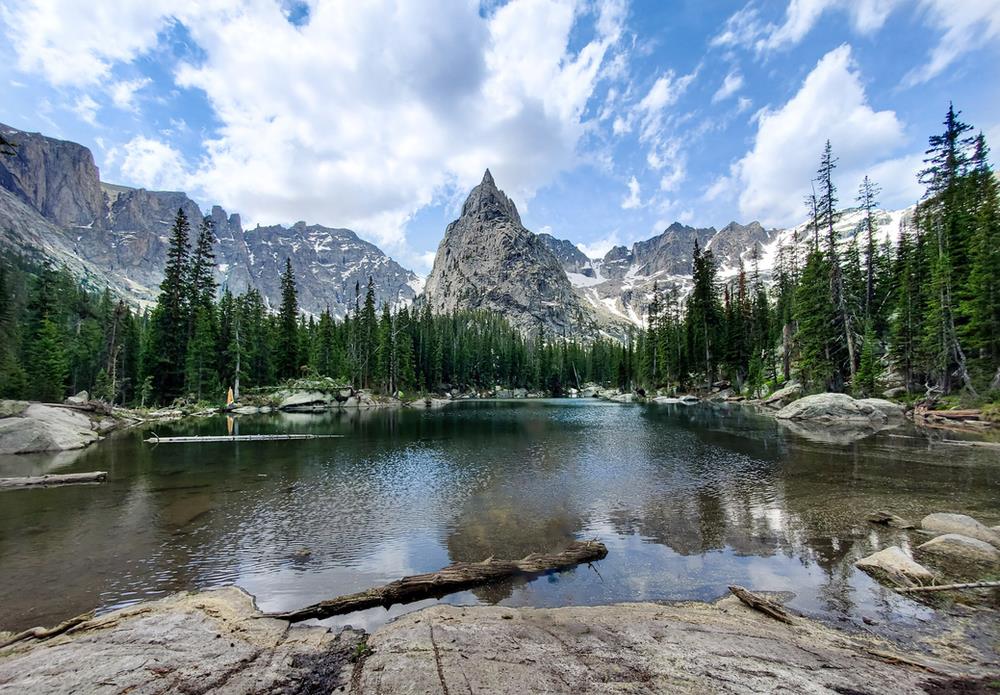

Trailhead elevation 8,346'
Water throughout
Don't miss the view of Lone Eagle Peak from Mirror Lake
Logistical Considerations of Hiking to Lone Eagle Peak
There are two routes that lead to Lone Eagle Peak, both of which can be done as a long day hike or overnight backpack. The first option is a 19-mile round trip hike via Pawnee Pass from the Brainard Lake Recreation Area. Depending on the time of year, this option may require day hikers to purchase a day use parking permit for either the Brainard Lake Trailhead or Long Lake Trailhead. Backpackers starting the trek from Pawnee Pass may be required to purchase both an Overnight Parking Permit for Brainard Lake and an Indian Peaks Wilderness Overnight Permit. Permits are highly competitive and can be purchased on recreation.gov.
The second option covers 16 miles beginning from the Monarch Lake Trailhead, located 15 miles east of Granby, Colorado. Day hikers are required to purchase either an Arapaho National Recreation Area day pass from recreation.gov or use their America the Beautiful pass to park at the trailhead. Backpackers are required to do the same, as well as purchase an Indian Peaks Wilderness Overnight Permit.
Backpacking either route requires hikers to adhere to the designated camping zones, which includes established campsites along Mirror Lake and Crater Lake.
Hike to Lone Eagle Peak from Monarch Lake
The hike to Lone Eagle Peak from the Monarch Lake Trailhead is an extremely popular option, and as such, the parking area tends to fill quickly, especially on weekends. That being said, an early arrival is highly recommended. From the trailhead, the route initially traces along the northern edge of Monarch Lake for approximately one mile, maintaining a level terrain throughout.
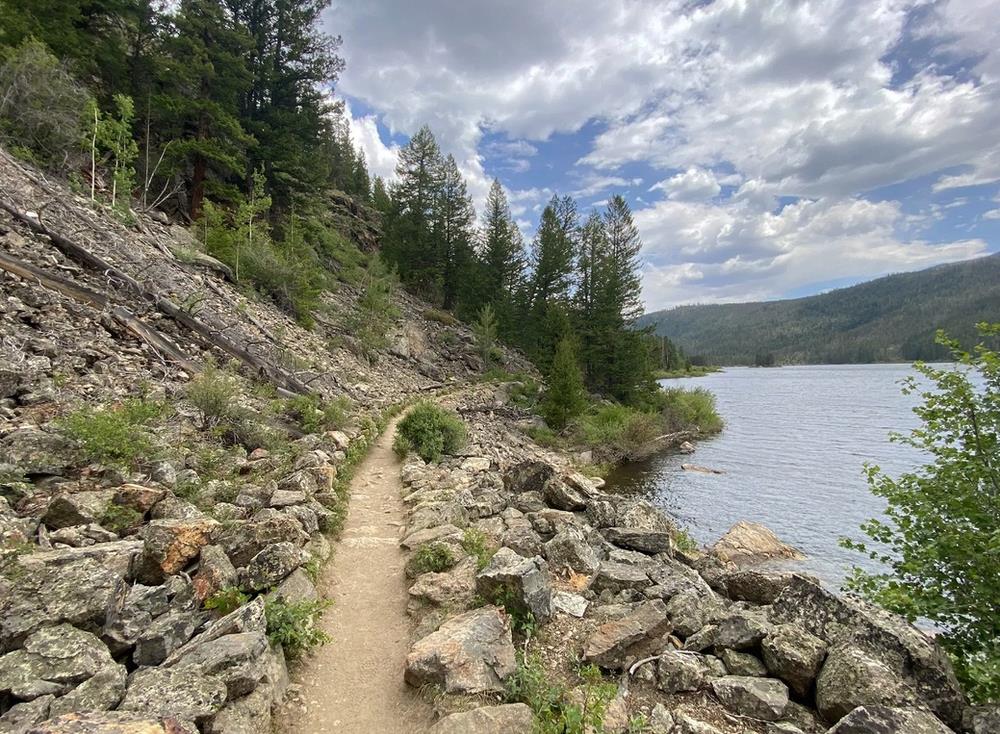
Once leaving the lake behind, the trail curves to the left and winds through a marshy landscape, where it's not uncommon to observe moose grazing leisurely amidst the grass during the morning hours. Around the 1.6-mile mark, the trail reaches a well-marked junction with the Arapaho Pass Trail. At this point, hikers will continue left along the Cascade Creek Trail.
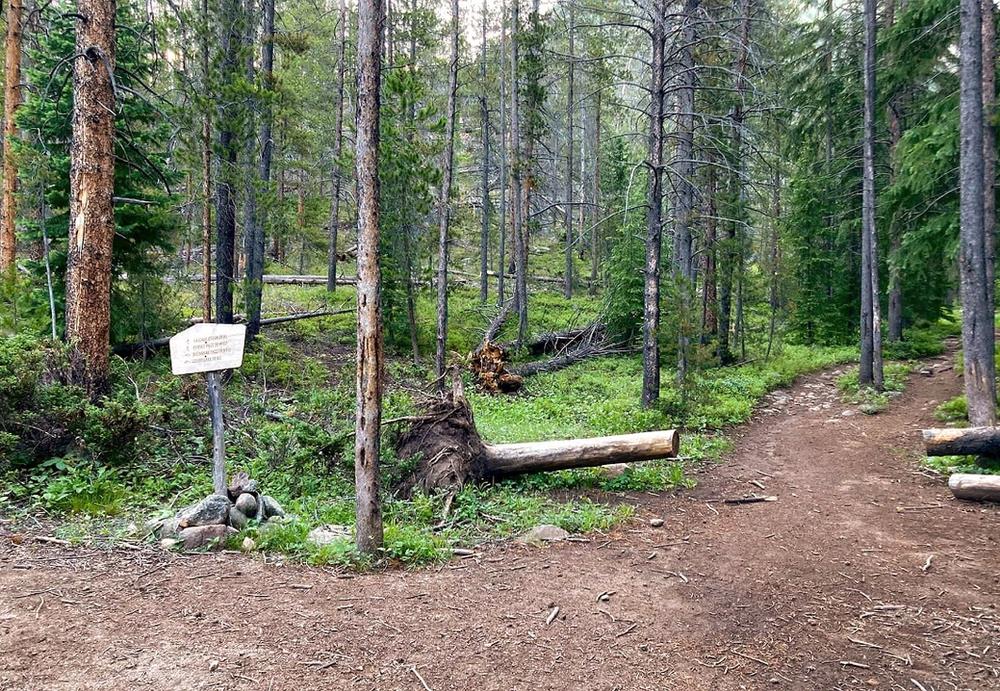
Over the next two miles, the trail parallels Buchanan Creek, steadily ascending while intermittently providing glimpses of Cascade Creek beneath thick stands of pine trees. At approximately 3.5 miles into the hike, the trail reaches a clearly marked junction with the Buchanan Pass Trail. Shortly thereafter, within a quarter-mile, the path meanders beside the first of four waterfalls along the Cascade Creek Trail.
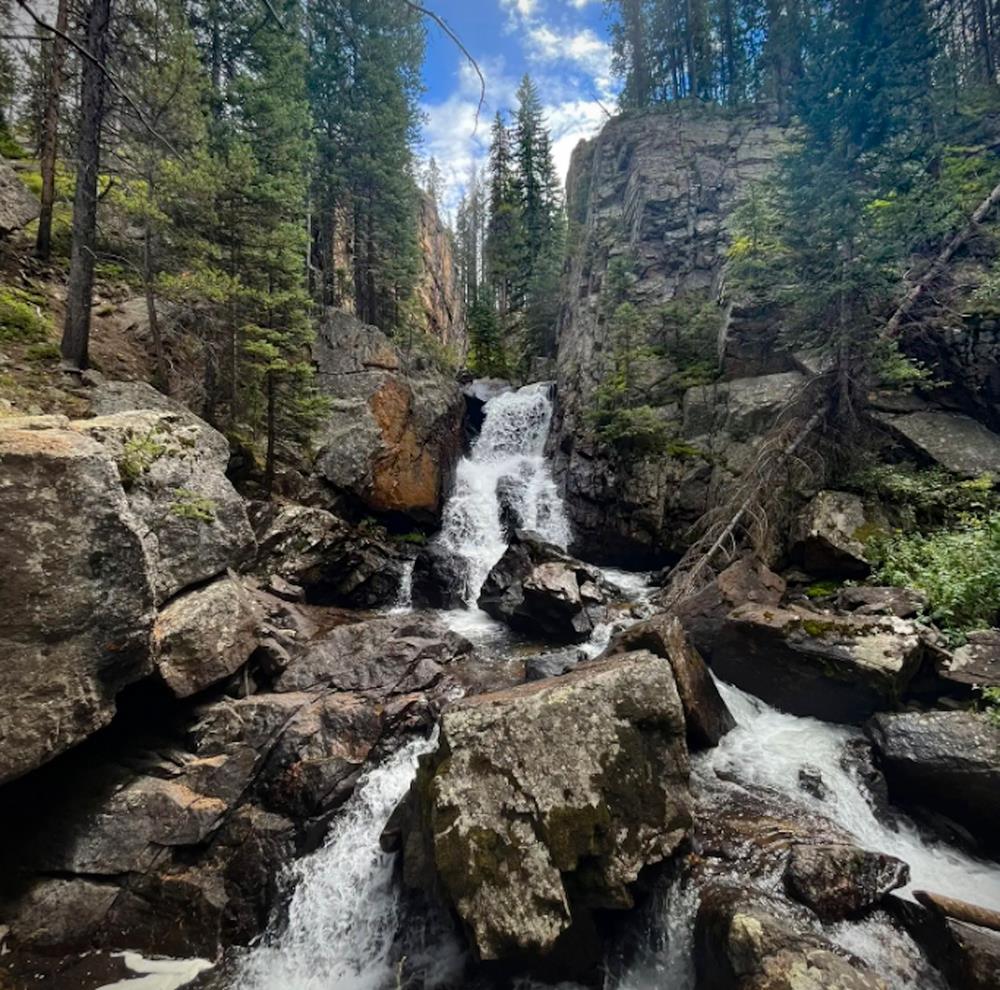
After passing the waterfall, the trail diverges from Buchanan Creek and transitions to Cascade Creek. One mile ahead, it arrives at Cascade Falls, a picturesque multi-drop waterfall positioned to the left of the trail. This area becomes particularly eye-catching during wildflower season, featuring vibrant displays of marsh marigold and Colorado Columbine, among others.

Following Cascade Falls, the trail ascends more steeply, eventually leading into a broader valley along the Continental Divide. Here, hikers will find Cherokee Peak (11,894') in the distance to their right, while Mount Toll (12,979') and Pawnee Peak (12,943') loom ahead.
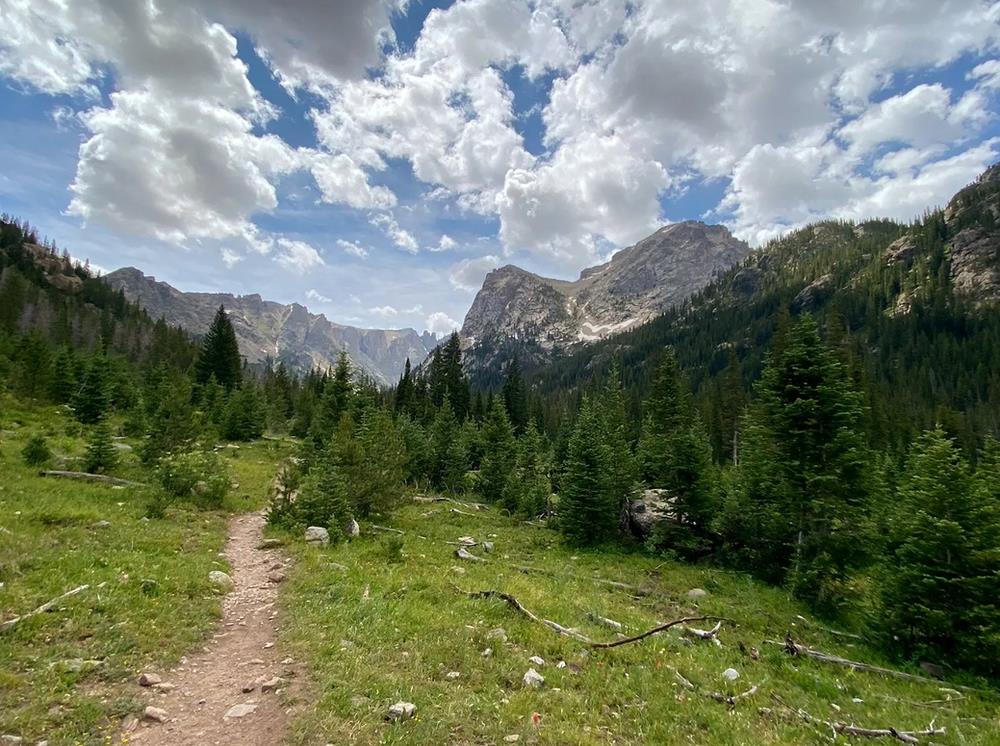
Around the 6.5-mile mark, the trail arrives at a well-marked junction with the Pawnee Pass Trail, just before encountering the first of two unbridged creek crossings. Depending on water levels, these crossings may vary from simple rock hopping to reaching calf depth. The trail can be slightly challenging to locate between the two crossings and hikers should be aware that this area is often frequented by moose, elk, and black bears.
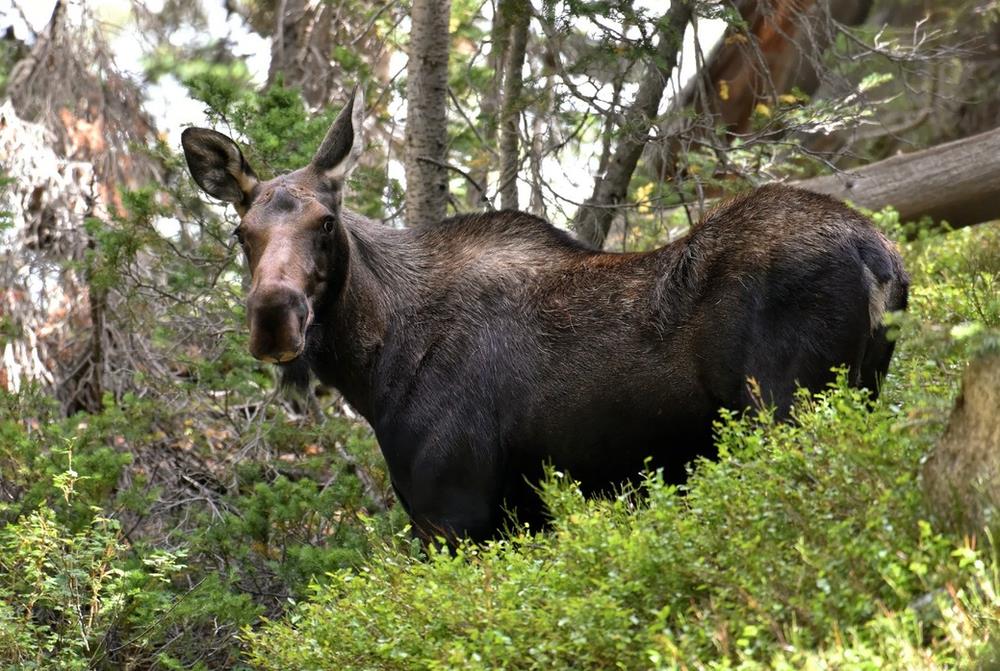
Following the second creek crossing, the trail steeply ascends through a dense forested area, often obstructed by fallen trees. Upon reaching a large granite outcropping, the trail arrives at the eastern edge of Mirror Lake. Here, along the lake's rear, hikers are treated to unparalleled views of Lone Eagle Peak, its imposing granite facade looming in the distance. To the west of the peak lies Mount Achonee, and to the east stands Shoshoni Peak.
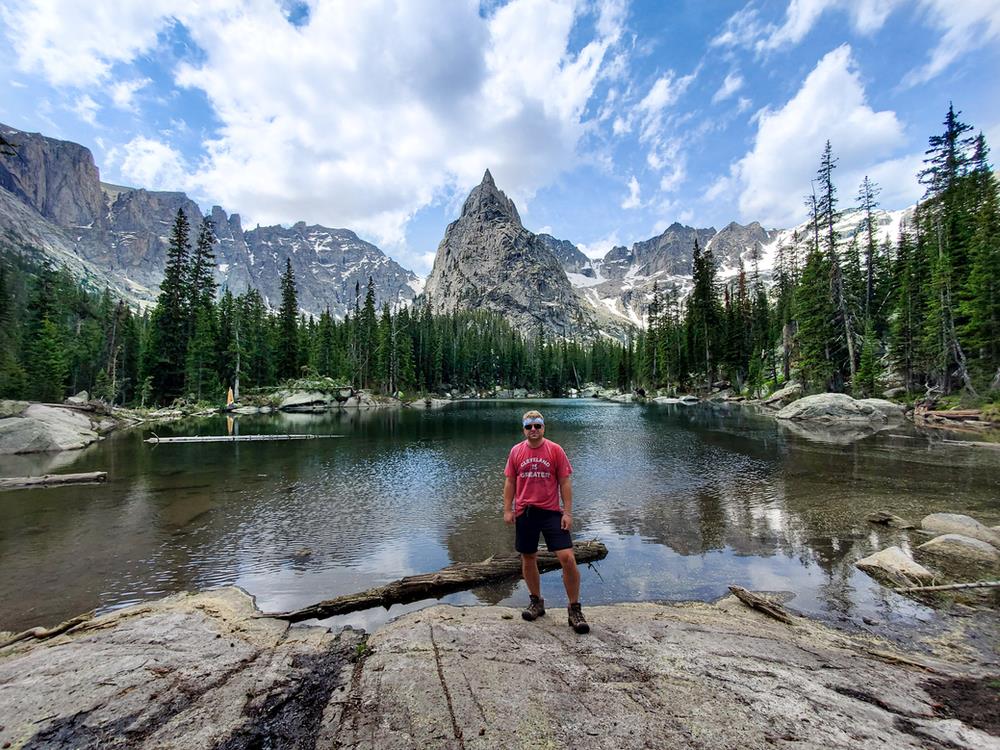
In 1930, when the summit of Lone Eagle Peak was first reached, it bore the name Lindbergh Peak, honoring aviator Charles Lindbergh, renowned for his groundbreaking solo transatlantic flight in 1927. Years later, the peak's name transitioned to Lone Eagle Peak, reflecting one of Lindbergh's nicknames, "The Lone Eagle."
Moving on, the trail then leaves Mirror Lake and proceeds towards the rocky shoreline of Crater Lake. At 10,331 feet, Crater Lake marks the high point of the hike. Upon reaching Crater Lake, hikers will find an endless supply of spots to kick back and relax at. Some of the best views can be found along a granite outcropping to the far left and atop the large granite boulders high and to the right.
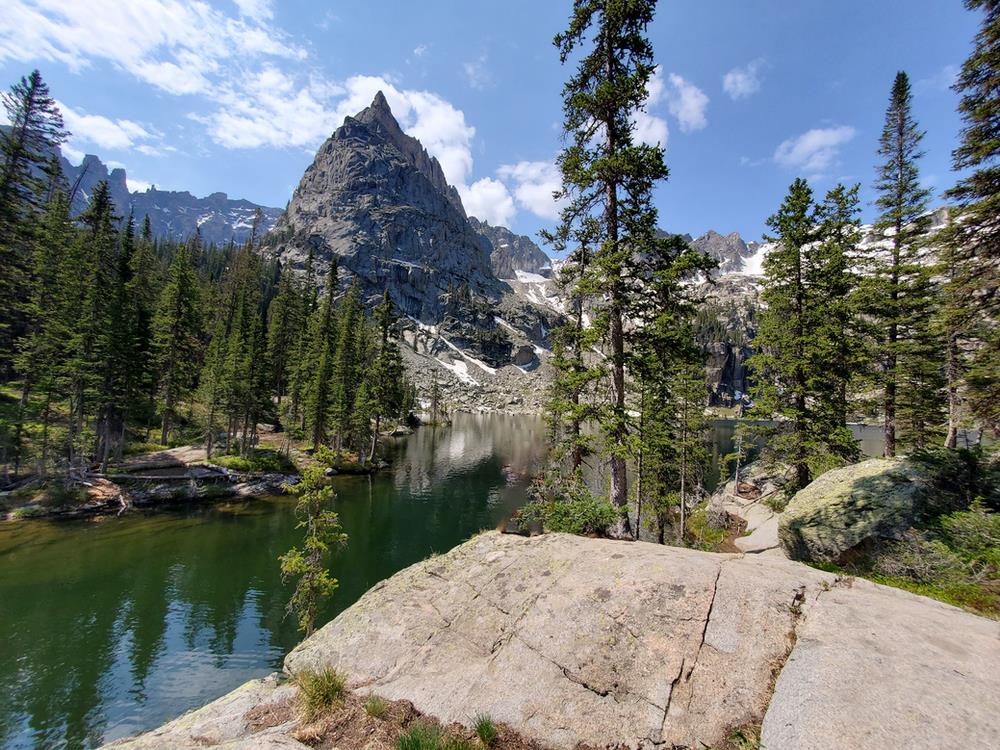
While not directly visible from Crater Lake, Fair Glacier and Peck Glacier flank Lone Eagle Peak on opposing sides. Fair Glacier, positioned behind the eastern slope of Lone Eagle Peak, supplies Triangle Lake below, which serves as the origin of Cascade Creek, the primary stream traced along most of the hike.
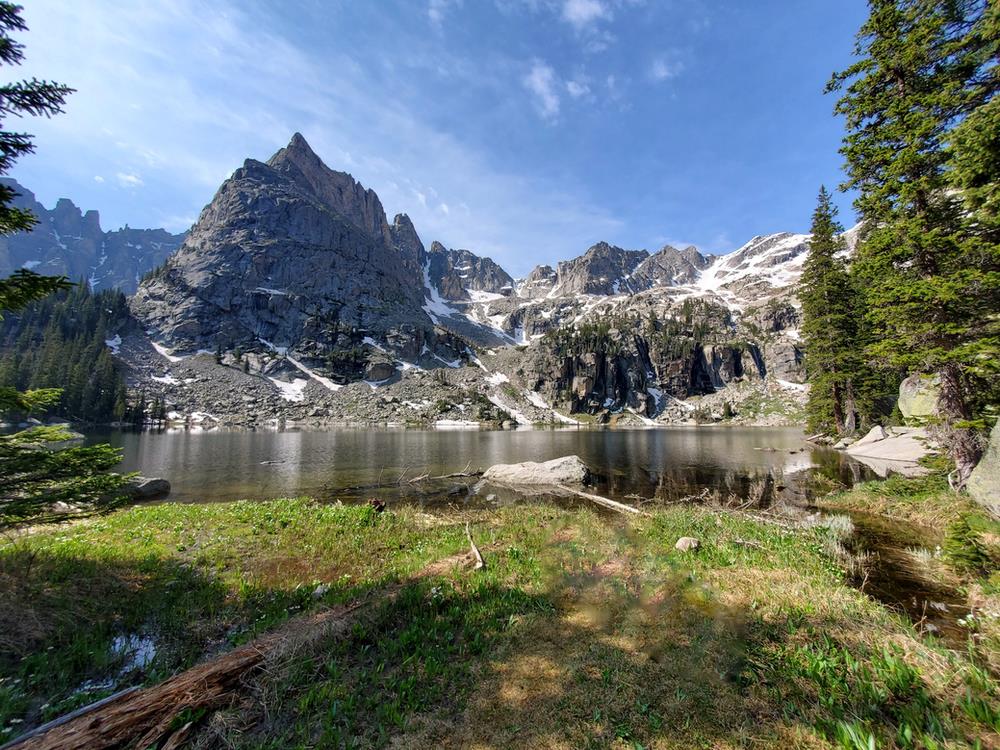
After exploring the area, hikers can retrace their steps back to the trailhead.
https://www.greatamericanhikes.com/post/hike-to-lone-eagle-peak-in-indian-peaks-wilderness
 CampingSurvivalistHuntingFishingExploringHikingPrivacy PolicyTerms And Conditions
CampingSurvivalistHuntingFishingExploringHikingPrivacy PolicyTerms And Conditions
